Today was a good day in the garden. I emptied one of my compost bins and spread that dark, crumbly “black gold” all over my plants. If you’ve ever worked with finished compost, you know exactly what I mean — that earthy smell, the soft texture, the knowledge that what started as kitchen scraps and yard clippings is now packed with nutrients for your soil. And the best part? Now I get to start the whole process over again!
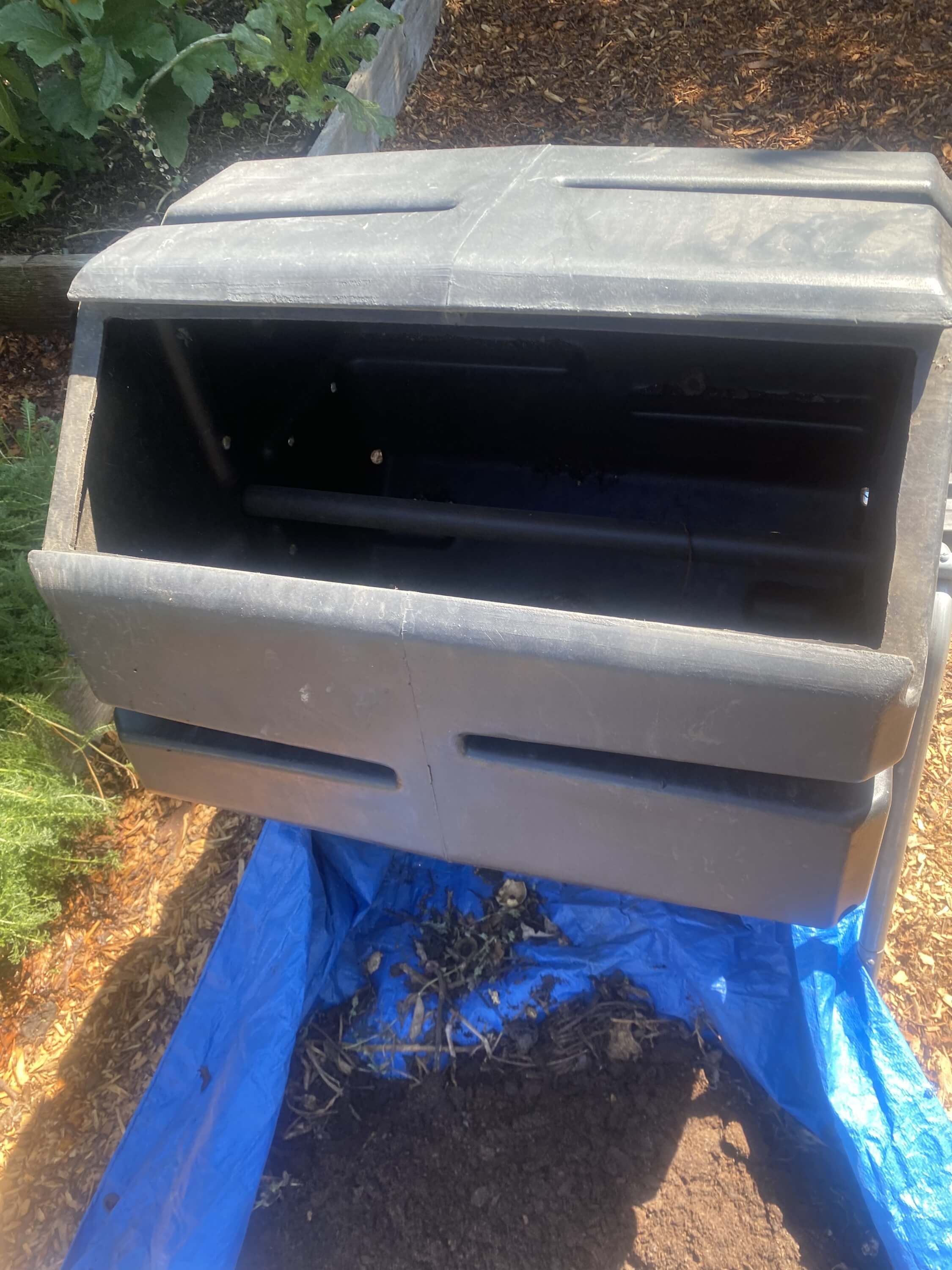 |  |
Why Composting Matters
Composting is more than just a way to get rid of food scraps — it’s one of the most natural, effective ways to feed your garden and reduce waste. Instead of sending peels, coffee grounds, and veggie trimmings to the landfill, you can recycle them into something that benefits your plants and the planet. (No animal products, though.)
Finished compost contains the three main nutrients plants crave:
- Nitrogen – for leafy green growth
- Phosphorus – for strong root systems and healthy blooms
- Potassium – for overall plant health and disease resistance
Plus, it improves soil structure, helping it retain moisture and support beneficial microbes. This means healthier plants without relying on chemical fertilizers.
The Practicality of Rotating Compost Barrels
One of my favorite tools for composting is the spinning compost barrel. These tumblers make turning your compost so much easier — no pitchfork required! My kids are my barrel spinners. :) By giving the barrel a few spins every couple of days, you mix the materials, aerate everything, and speed up the decomposition process. If you don't have room for two, try one that has two compartments.
I recommend having two barrels (or bins) going at once:
- Bin 1: The “active” bin where you keep adding fresh scraps and garden waste.
- Bin 2: The “finishing” bin that you leave alone to complete the composting process. (Just spin)
When Bin 2 is done and ready to use, you spread it in the garden, then switch — Bin 1 becomes the finishing bin, and Bin 2 is ready for fresh scraps. This rotation means you always have a place to add new materials without disturbing a batch that’s almost ready.
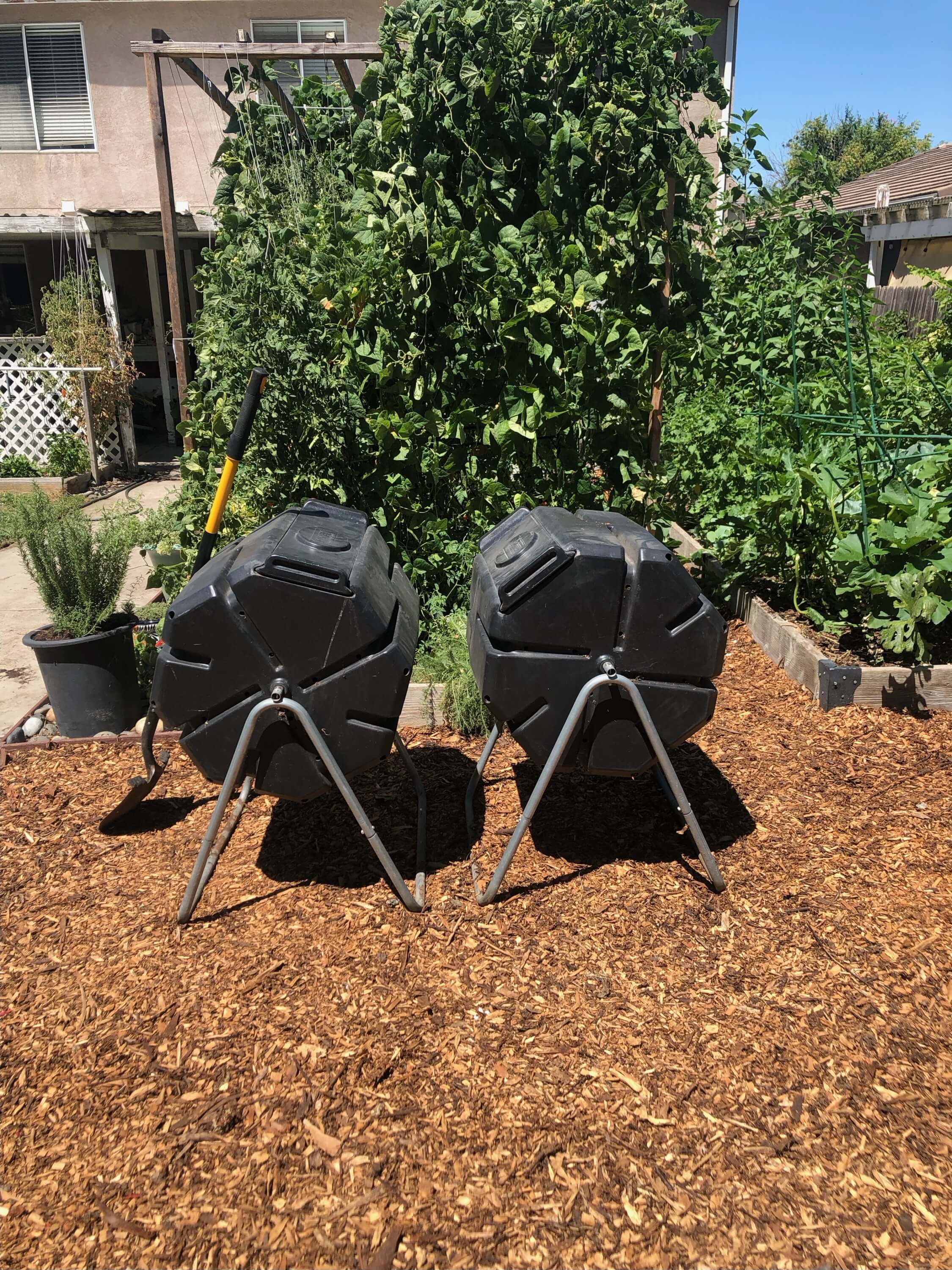 | 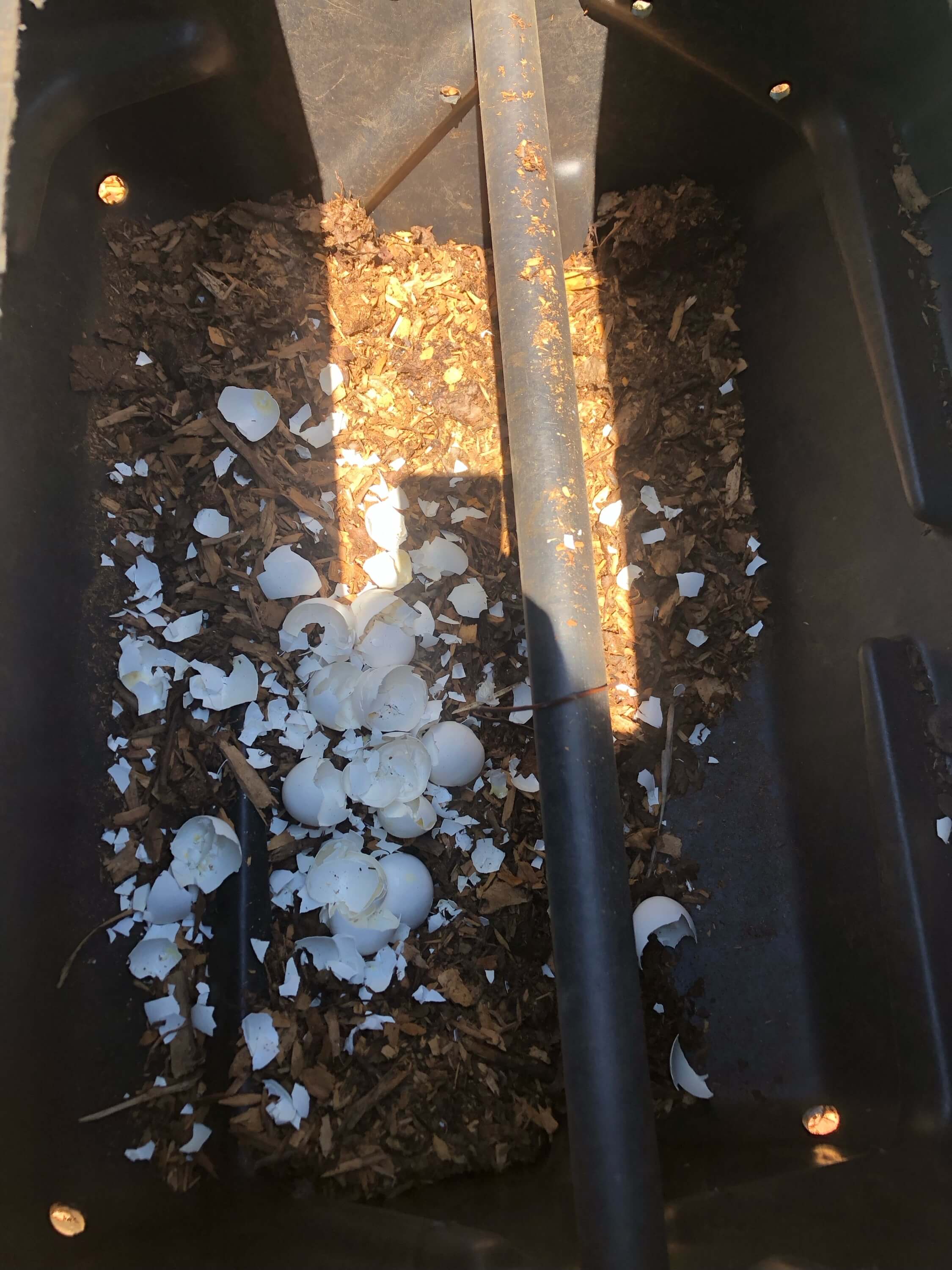 |
Composting 101: The Right Brown-to-Green Ratio
To make healthy compost, you need the right balance of browns (carbon-rich materials) and greens (nitrogen-rich materials). The magic ratio is roughly 3 parts browns to 1 part greens.
Browns (Carbon):
- Dried leaves
- Shredded paper/cardboard (non-glossy)
- Straw or hay
- Wood chips or sawdust (untreated)
Greens (Nitrogen):
- Fruit and vegetable scraps
- Coffee grounds
- Grass clippings (fresh with no seed tops)
- Plant trimmings (no diseased plants)
If your compost smells bad or looks slimy, you probably have too many greens — add more browns. If it’s dry and breaking down slowly, you might need more greens and a little water.
Composting Made Simple
Here’s how to keep it easy and successful:
- Collect scraps daily in a small countertop container.
- Add to your active bin, layering browns and greens.
- Spin or turn regularly to aerate.
- Check moisture — it should feel like a wrung-out sponge.
- Let the finishing bin rest until the compost is dark, crumbly, and smells earthy.
The Reward
There’s nothing quite like enriching your garden with compost you made yourself. You’re not just feeding your plants — you’re closing the loop, turning waste into life, and giving back to the earth in a way that’s sustainable and deeply satisfying.
So whether you have a big backyard or just a small space for a compost barrel, I encourage you to start. In a few months, you’ll have your own batch of garden gold — and a garden that thanks you for it.
My blogs contain some affiliate links.
Any purchase made is a blessing to my family at no extra cost to you!
Thank you for supporting us!

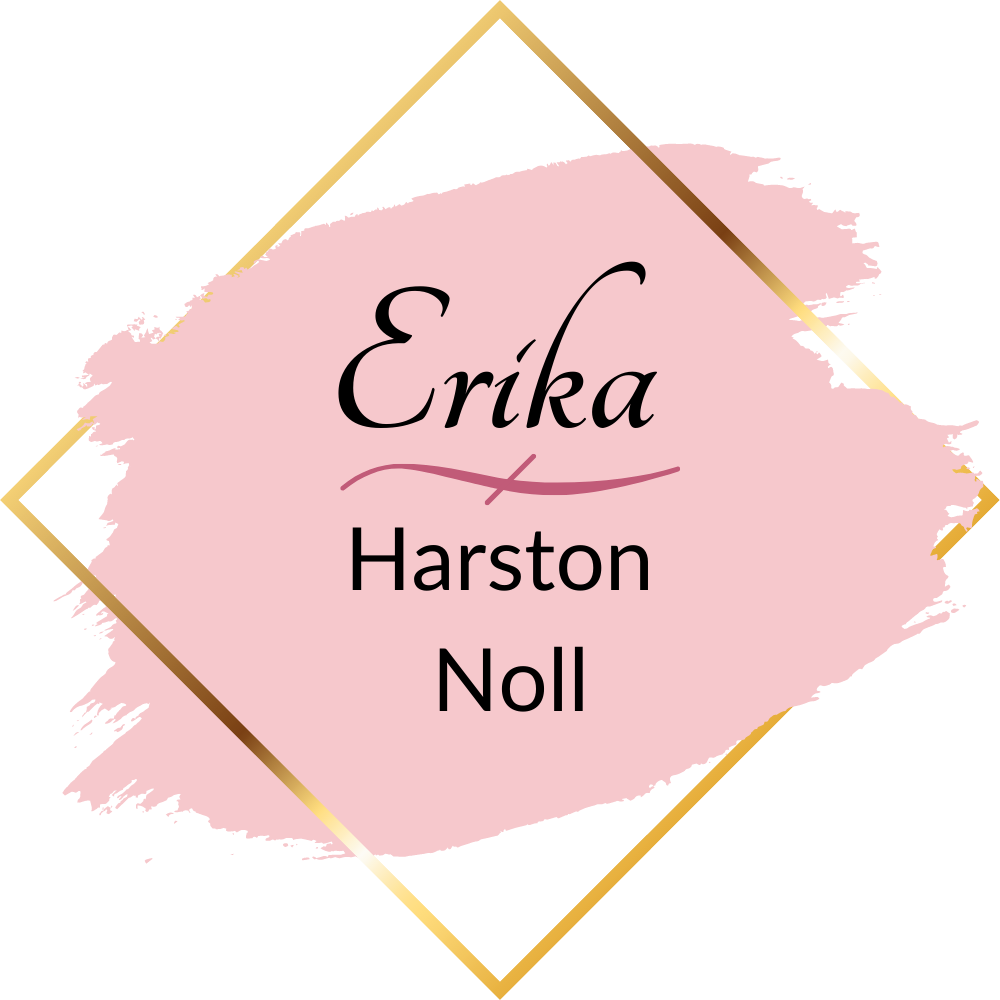

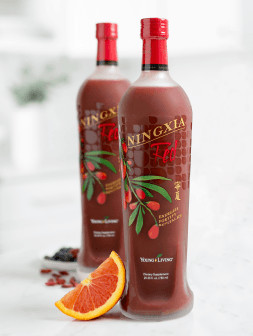
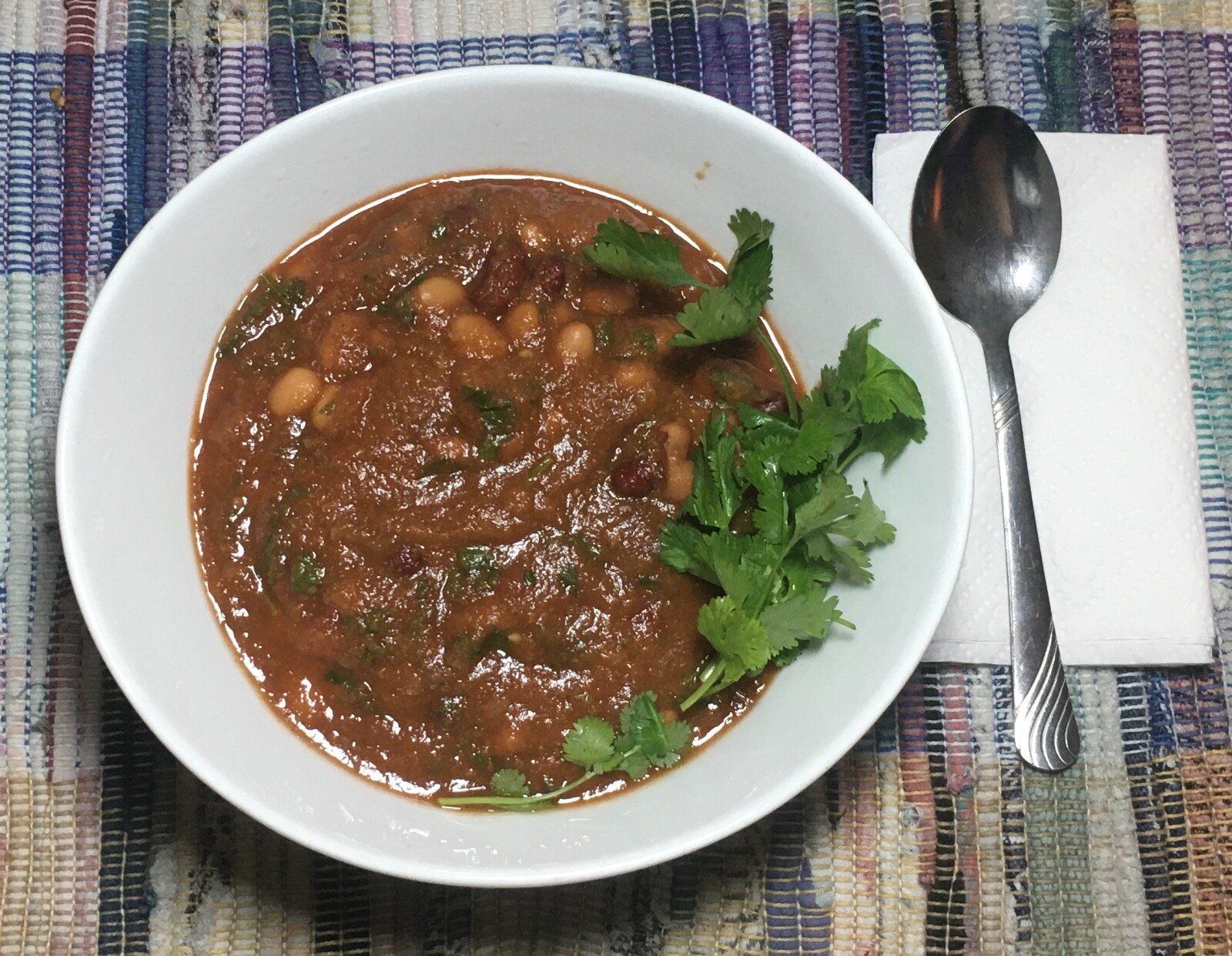

0 Comments